Tanks in the battles of the Great War
Combat debut
So, the debut of the British tanks on the margins of the First World War took place on September 15 1916 on the Somme - at Fleury, south of Bapoma. Of the total number of 49 machines assigned to the first in stories tank attack, 17 did not arrive at the starting line due to faults.
The use of armored vehicles was conceived as follows: tanks, being moved in groups of 2 - 3 units against the strongest enemy strongholds, were to reach the German lines in 5 minutes before the approach of their infantry. Of the 32-x operating tanks 14 left on the battlefield. Despite the achieved technical surprise (the effect caused by the technical novelty of the appearance of a new weapons), success was local. And this is despite the fact that technical surprise was accompanied by tactical surprise - the arrival of tanks in the theater remained shrouded in an impenetrable cover of secrecy.
In 1917 campaigns - 1918's. tanks were actively used by the British and French - accompanying almost all more or less serious military operations.
Arras and Flanders
Thus, at the beginning of the spring battle of Arras, 9 on April 1917, a heavy blow struck the German 6 Army after a brief but very strong artillery preparation - on both sides of Scarpa. A tank strike knocked out several German divisions - and the British penetrated deep into the defense right up to artillery positions and won about 6 km in depth on the 12-15 km front. But the operational breakthrough could not be achieved.
In Flanders, with the help of tanks, the British also managed to bend the German positional front - in a number of points. Cavalry divisions were to follow the tanks. A more modest result was influenced by the transformation of the plan - in the direction of reducing the scale of development of the intended operation. But in this case, besides the loss of space depth of 2 - 4 km, the German 4 army suffered heavy losses by prisoners and military property.
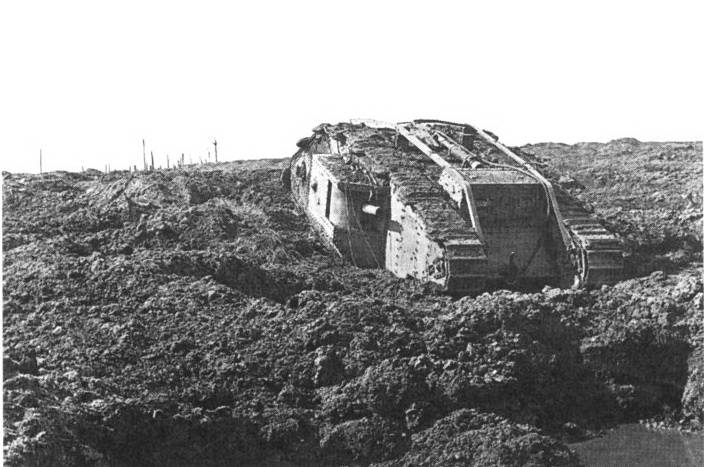
Tanks in the Nivelle Battle and at Chemin de Dame
The French Schneider tanks of the system first appeared on the battlefield of 16 on April 1917 of the year on p. En - after the 10-day artillery preparation during the Kraon Battle. Since the German trenches were too wide for this type of tank, it was decided to move the infantry first (which took possession of the first two enemy lines), and then with the help of working teams tanks were introduced. In this case, the task of tanks is to support the infantry when attacking the 3 line.
In total, an 82 tank, built in columns, moved east of Craon Juventureur. The armored vehicles had to go 3-4-km distance in broad daylight, in full view of the enemy artillery and in open areas. The infantry didn’t be able to break through the 2 line alone - and began to wait for the tanks. Tank columns managed to reach the 3 line, and several tanks fought throughout the day - being on 2 - 2,5 km ahead of their weary infantry.
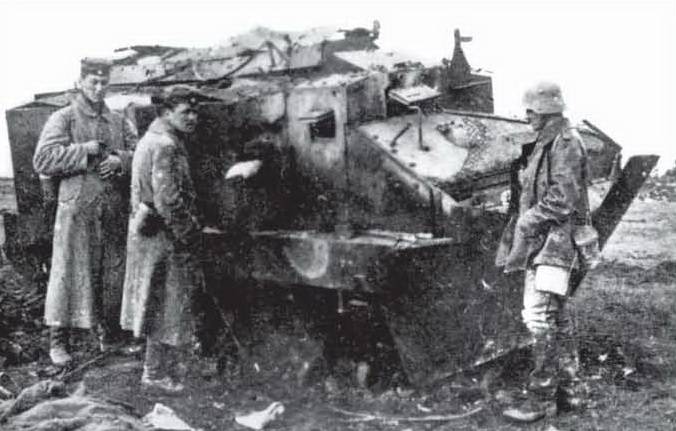
Then 50 tanks were introduced, and the total number of vehicles involved reached 132 units. Of the 132 machines, 76 remained on the battlefield (including 57 units were shot by artillery fire; 25% of crews were out of action killed or wounded).
23 October 1917 type tanks Schneider and Saint-Chamond took part in the battle of Malmaison (Chemin de Dame) - and after bad weather and six-day artillery preparation made the terrain difficult for them. Of the 63-x tanks moved into battle, only 21 actually entered into business, facilitating the advancement of infantry. At this time, the tank batteries were directly subordinated to the infantry battalions (and already after the latter, to assist the tanks in overcoming difficult-to-reach areas, there were working teams).
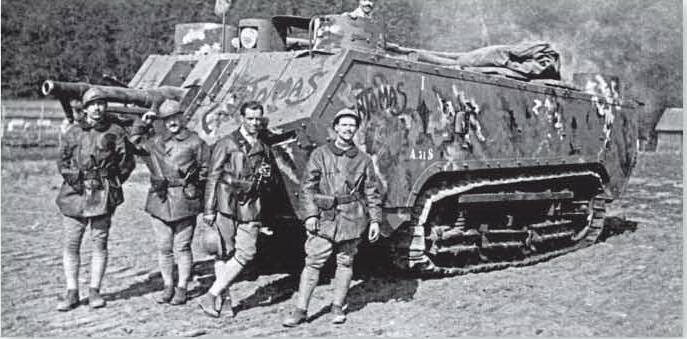
Historical Battle of Cambrai
And only then the “tank” battle of Cambrai was fought. Under cover of the dark and extensive forests of Avrankur, the British pulled together for several nights powerful tank forces and a large number of cavalry — on November 20, 1917 fell upon the German position, which was poorly equipped in artillery.
Due to the convenient terrain and complete surprise for the Germans, the tanks had a great success. We wrote in detail about this operation, focusing on the fact that a significant number of auxiliary (including communications tanks) and tractors helped the battle tanks, and the artillery tracking of the operation was distinguished by its size gauges.
The tank attack, with the loss of 107 machines, yielded space gains in 8 km in depth, 8000 prisoners and 100 guns. The battle of Cambrai proved the possibility of transforming a tank breakthrough from tactical to operational (all the necessary prerequisites for this were formed), the vital importance of active interaction of tanks with cavalry and infantry and the fact that with the help of tanks it is possible to break through the fortified position of the enemy without traditional long artillery preparation.
22 - 23 November 1917, the Germans stopped a tank attack - and by means of a counterattack, which was successful without tanks, they neutralize the result of the British operation. During the counterattack many tanks fell into the hands of the Germans. In the battles of Burlon and in the Burlon Forest, there were instances of the loss of tanks by infantry - with the help of hand grenades and other means. Even the steel-core machine-gun bullets coped with tank armor. But the main enemy of armor was artillery fire.
But nerves, discipline and courage of people turned out to be the best weapons against tanks. They helped many brave warriors to climb enemy tanks or shoot them point-blank.
Missed time
Accordingly, the opinion of the German High Command on the tanks at first was calm. The initial “tank fear” also subsided in the troops. The tanks were dangerous, but still were put out of action, and the German attacks succeeded without tanks.
The decline of discipline and the weakening of the fighting power of the German army in 1918 led to the fact that the allied tanks, used by large masses under the cover of smoke screens, played a very important role in subsequent military events.
The Germans tried to answer the call - but time was lost. And when in the spring of 1918 the German troops advancing in the direction of Amiens repeatedly used their heavy tanks, the small number of the latter nullified the entire effect of such an application, excluding the possibility of any decisive action.
At the end of May 1918, during the German offensive at Soissons-Reims, the German troops showed their superiority over the French and the British — even numerous tanks did not help the latter.
Beat at Mondidier
11 June, 1918 of the year, southeast of Mondidier, launched a counter-attack of S. Mangin - trying to delay O. von Gutier’s advance on Compiens. The counterstrike was made with the support of 144 tanks operating at the front width of 12 km (and some tanks had to go 10 - 14 km to the starting point of attack). The infantry was supposed to attack first, but with the support of the tanks. The last to catch up with the infantry was to strike the main blow. Since after that the infantry fell behind, the tanks continued to fight alone, being on average 1,5-km distance in front of the infantry - under the fire of the German field guns. The latter shot tanks with 2 - 3-kilometer distance and less (small calibers - even with 1,8 thousand m).
Artillery support for the tanks was poorly placed, and the losses of the tanks were significant: almost half of the vehicles remained on the battlefield. But the result of introducing them into battle was that the German offensive in this sector was stopped.
To be continued ...
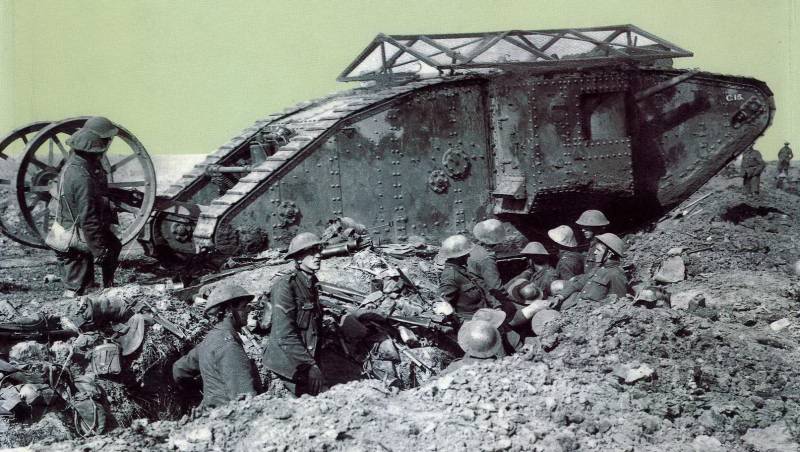
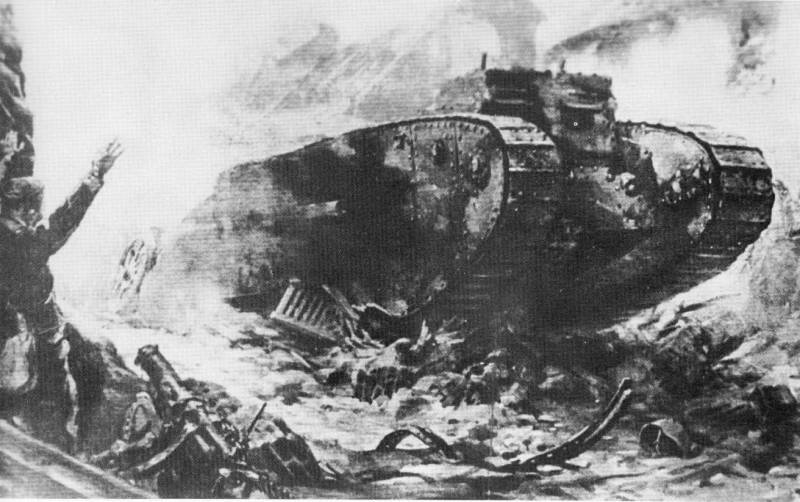
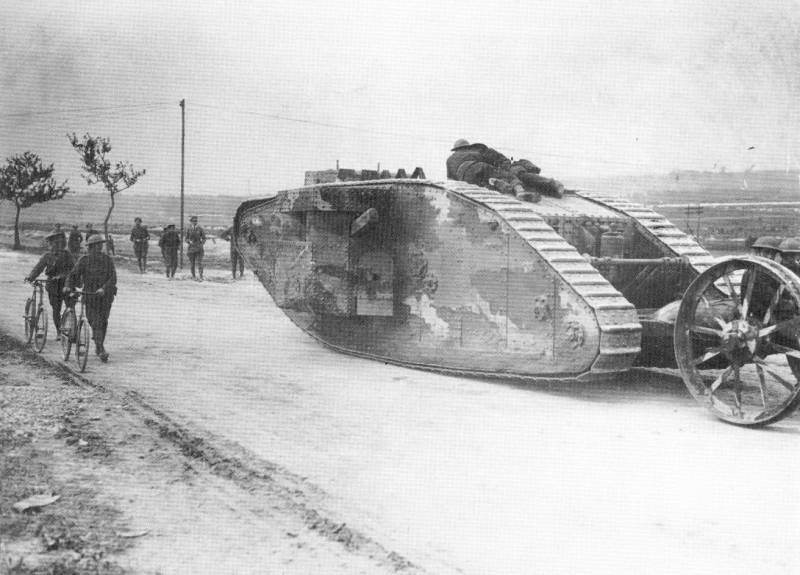
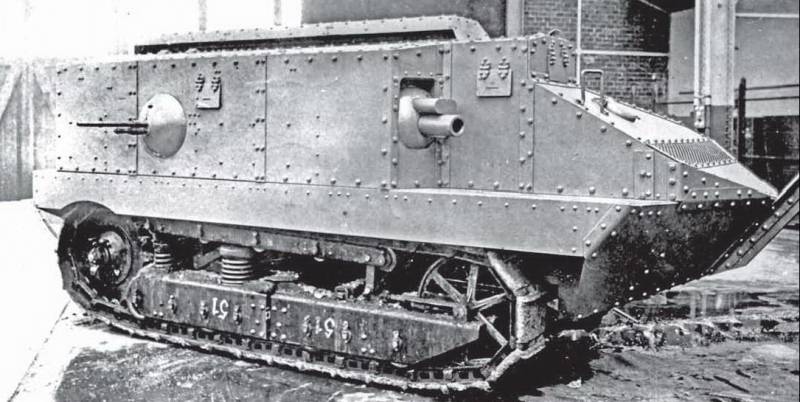
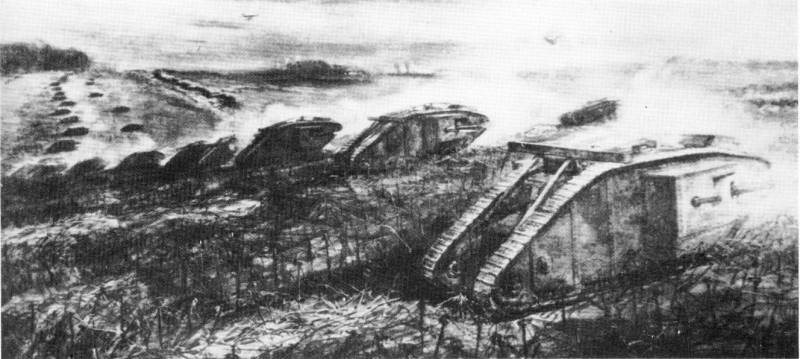
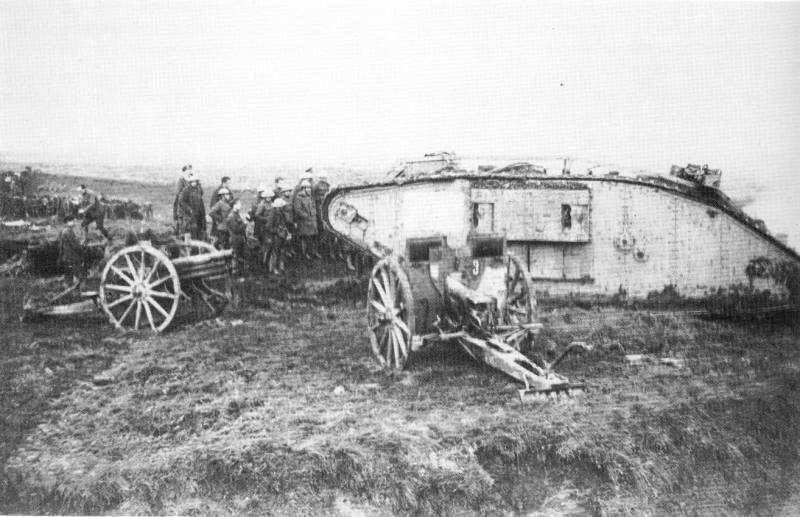
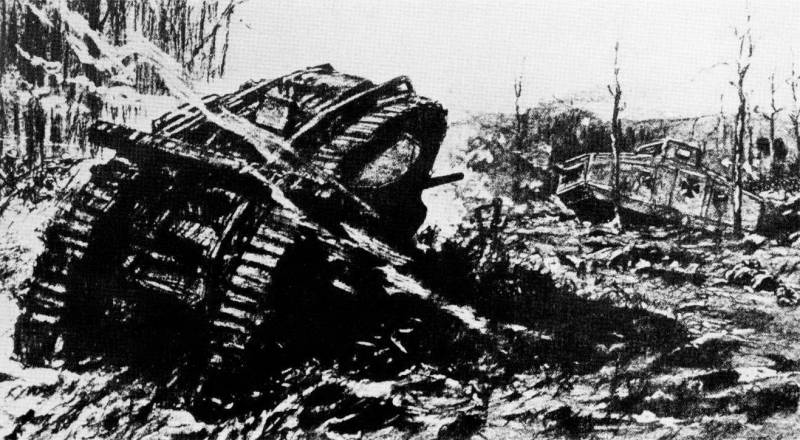
Information